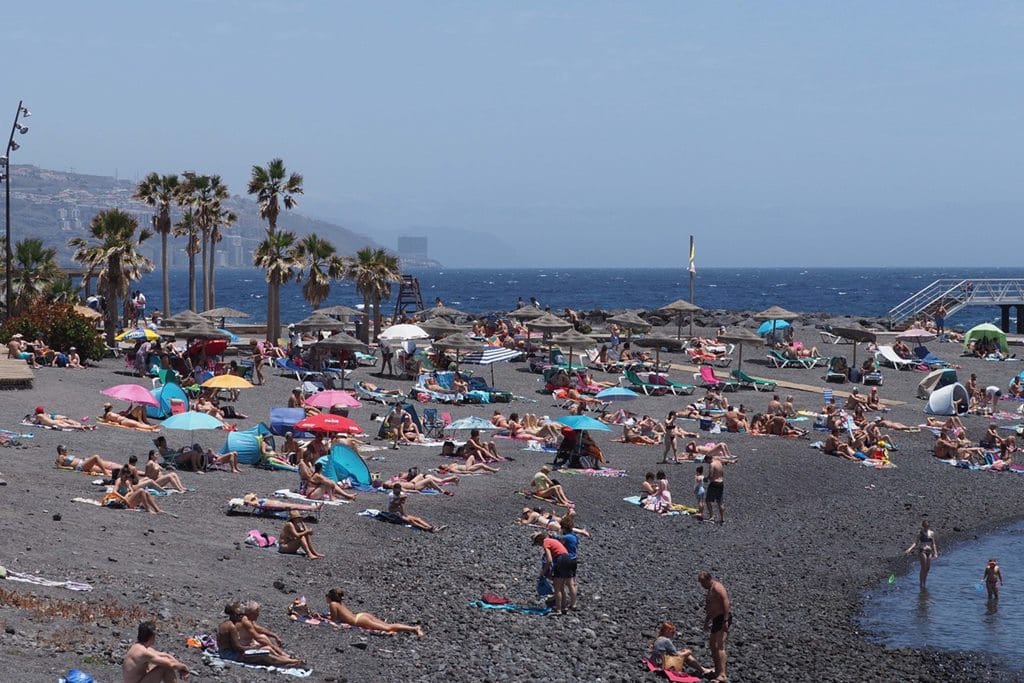The ratio of Social Security affiliates to pensioners is at its highest level in the last decade with 2.39 contributors for every pensioner at the end of 2022 – a figure which in the Canary Islands is 2.69 – but the average age of the bulk of workers and the ageing of the population means that this balance is in danger in the medium and long term.
According to Social Security data, 2022 was the highest ratio since 2011, when there were 2.47 contributors for every pensioner, although if only active contributors are taken into account, the ratio would be 2.24 workers for every pensioner, the highest since 2009.
However, this number of contributors and pension beneficiaries is not assured in the medium and long term, as 33.4% of the active population is aged between 50 and 64, according to the EPA for the third quarter, or in other words, in the next 17 years around 7.5 million workers will retire and become pensioners.
According to projections by the Independent Authority for Fiscal Responsibility (AIReF), the retirement of this generation will raise the number of pensioners to around 16 million people in 2050.
Meanwhile, AIReF’s forecasts for the working age population show a similar situation to the current one (30 million), a scenario that worsens if we take into account the projections of the National Statistics Institute (INE) or Eurostat, which estimate some 28 million casual workers in 2050.
Thus, in 2050 there would be fewer than two contributing workers for every pensioner (1.87 according to AIReF estimates and 1.75 according to INE and Eurostat).
The number of pensioners will be increasing, they will receive their pensions for longer and, foreseeably, there will not be enough workers to maintain the ratio between contributors and pensioners at the current figures.
In this sense, a report by S&P Global this week points out that the reform of pension systems in countries such as Spain has “slowed down”, which implies a greater risk that the increase in spending due to the ageing of the population “becomes unsustainable”.
The Canary Islands, the fourth Spanish region with the positive ratio
Despite the fact that the ratio between contributors and pensioners at national level has been at its highest level since the last decade, the different regions show differences that make it clear which are the most ageing or the most dynamic in terms of employment.
In the Canary Islands, the ratio is 2.69 affiliates for every pensioner, with 325,967 pension beneficiaries and 875,573 contributors to the Social Security system.
The ratio is higher in the province of Las Palmas with 2.70, compared with 2.67 in Santa Cruz de Tenerife, since in the former there are 170,650 pensioners and 460,552 Social Security affiliates; in the latter the figures are 155,317 and 415,022, respectively.






